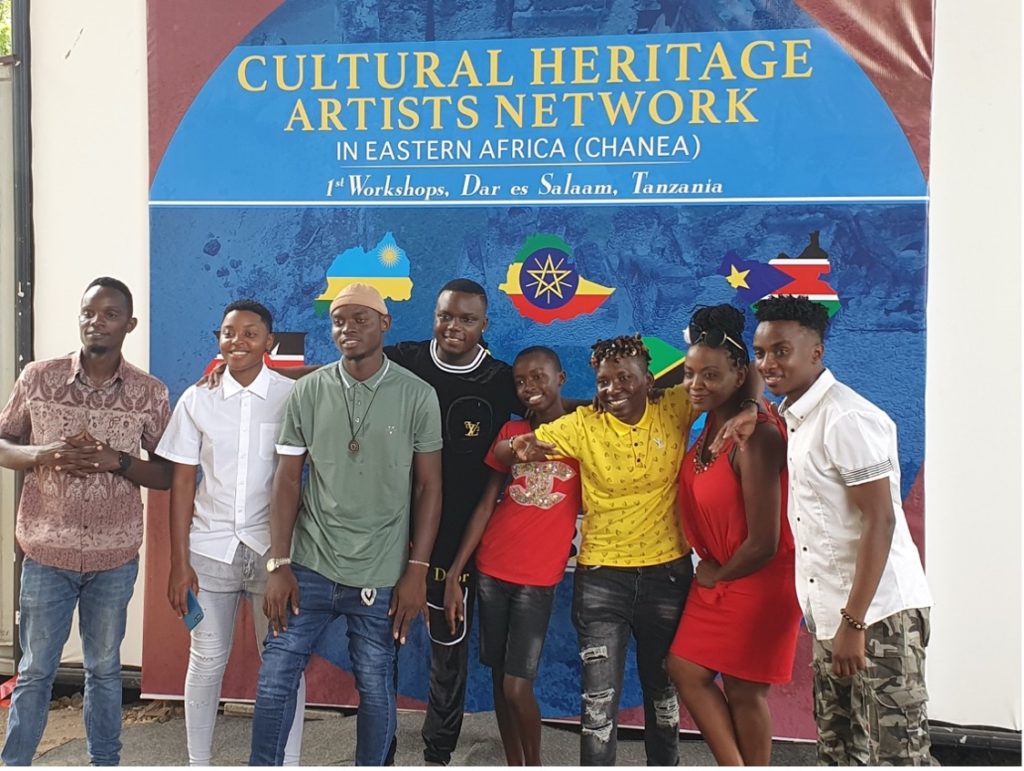Tanzania - This Post was summarised for me by Jamie Locke-Jones @ the Research Impact Office, University of St Andrews
Once described by Moroccan traveller Ibn Batutta as one of the most beautiful cities in the world, the UNESCO World Heritage site of the Ruins of Kilwa Kisiwani and Songo Mnara, south of Dar es Salaam on the coast of Tanzania, date between the 11th and 18th century. Today, the remains of the palace, the grand mosque and merchant trade centre stand in ruins close to a shoreline that is increasing impacted by changing climate. Unlike better-known World Heritage sites, such as the Pyramids of Giza or the Great Wall of China, the Ruins of Kilwa Kisiwani and Songo Mnara have not received the attention they need if they are to survive another eight centuries.
A collaboration between the University of Dar es Salaam (UDSM) and the School of Earth and Environmental Sciences at the University of St Andrews sought to address this through a thorough assessment of the sites’ fragility. The group conducted marine geophysical surveys which showed several locations of potential wreck sites, with follow-up diving confirming that one was a 13th century wreck. The team’s goal was to investigate the wreck and at the same time build local capacity by training divers from across Tanzania in underwater archaeological techniques. This work has since led to the development of the first National Digital Heritage Databases for Tanzania.
A step change in engagement came with the recording of a music video (above) sung by a popular Tanzanian female rapper Claudia Lubao, known as Chemical, and composed by the team’s academic archaeological partner, Dr Elgidius Ichumbaki, at UDSM. The song highlights the importance of heritage with a connection to local people, warning about the impact of climate change to the sites and the environment surrounding them.
Now a PhD student at the University of St Andrews, Claudia’s music has set a precedent in bringing cultural heritage to new audiences. The Kilwa Yetu song brought widespread attention to the plight of the site that other methods of promotion could not have achieved by reaching audiences outside the reach of more traditional, academic avenues. A further video on Africa’s heritage was launched at UNESCO’s headquarters in Paris in May 2018. This video gave the local community a voice to discuss their heritage, which has led to significant policy changes at a national level.
Policy changes (click to expand)

These collaborative initiatives and the music videos behind them have provided a more inclusive mechanism to promote information on the cultural heritage, moving outside the immediate intellectual circle of academic publishing. With a latest video, funded by the British Council’s Cultural Protection Fund, the team was able to expand their interests to include heritage across more of Eastern Africa with contributions from academics and artists from Kenya, Uganda, Ethiopia, Sudan and Rwanda. At workshops held in Dar es Salaam, the Cultural Heritage Artists Network in Eastern Africa (CHANEA) was established with the aims of preserving, protecting, and promoting both tangible and intangible heritage throughout Eastern Africa. Key sites highlighted in the video and from these countries include Zanzibar, Mt Kilimanjaro, Thimlich Ohinga, Kilwa Kisiwani, Mt. Rwanda, and Mt Kenya. Watch the latest music video below:
If you enjoyed CHANEA’s latest video, watch a behind-the-scenes documentary on its production here.
No comments:
Post a Comment